SUMMARY
This is AI generated summarization, which may have errors. For context, always refer to the full article.
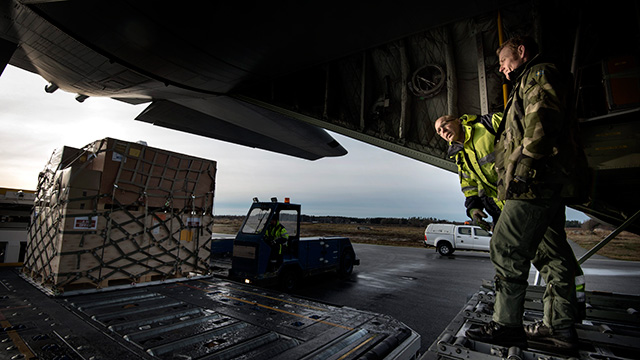
MANILA, Philippines – International aid agencies are overstretched in responding to three crises in the Philippines as thousands of people in areas hit by Super Typhoon Yolanda (international codename: Haiyan) have yet to receive relief aid.
In a situation report released on Monday, November 11, OCHA, the UN Office for the Coordination of Humanitarian Affairs (OCHA) says the capacity and resources of some agencies are “overstretched” as they are currently responding to two other humanitarian crises: the Central Visayas earthquake and the siege in Zamboanga City.
UN partner agencies have been distributing relief assistance to areas hit by the typhoon since Sunday, November 10. Immediate needs are food, clean water and emergency health, care and shelter.
Widespread damage to lifeline roads and critical infrastructure has hampered aid delivery and response. Severely affected provinces still do not have electricity and communication lines.
Personnel capacity is another constraint, as staff members are also attending to those affected by the Central Visayas earthquake and the Zamboanga siege. Both crises displaced thousands of people from their homes.
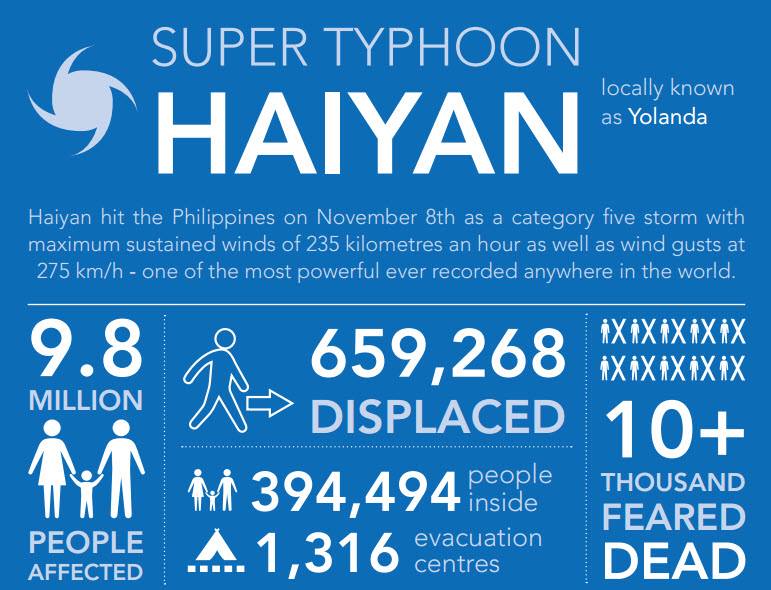
Flash appeal
On Tuesday, November 12, UN Resident and Humanitarian Coordinator in the Philippines Luiza Carvalho appealed for funds worth $301 million to help agency clusters in providing relief and rehabilitating millions of victims left hungry, homeless and jobless. (READ: UN: Yolanda (Haiyan) victims need $301M)
Partner-agencies working in cluster teams under OCHA’s cluster coordination system include: the Food and Agriculture Organization (FAO), the United Nations Children’s Fund (UNICEF), the United Nations Development Programme (UNDP), the United Nations Population Fund (UNFPA), the United Nations High Commissioner for Refugees (UNHCR), the World Food Programme (WFP), and the World Health Organization (WHO). The International Federation of Red Cross and Red Crescent Societies (IFPR), the International Organization for Migration (IOM) and Save the Children are also part of the system.
At least 9.8 million people are in dire need of assistance, including access to food for an estimated 2.5 million people, the report said. The typhoon’s impact has already resulted in the deaths of more than 1,700. (READ: NDRRMC confirms 1,774 deaths due to #YolandaPH).
Ongoing efforts
Relief operations are gradually gaining traction in targeted areas. OCHA said coordination hubs have already been established in Tacloban City and Roxas City. Meanwhile, a logistics hub has been set up in Cebu City. Logistics officers and additional staff from the cluster teams are busy preparing for the arrival of bulk of the relief aid that is on the way.
But aid workers are struggling with limited communications and information, which are needed to determine the security situation and transportation routes.
The report said as of Sunday, November 10, the first batch of Dubai-sourced telecommunications and IT support equipment such as portable generations and satellite phones have been distributed to humanitarian agency staff, but data and Internet services remain lacking.
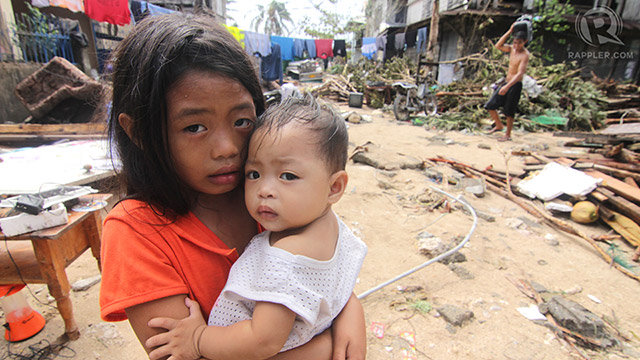
Food access critical
Food has become scarce and inaccessible to many people because of the widespread damage. (READ: Tormented typhoon victims scour for food)
The report said around 13.5 metric tons of high-energy biscuits have already been brought to Tacloban.
Water systems in many areas are destroyed and ground water supplies are “contaminated.” In response, OCHA sent 3 water treatment units to Cebu en route to Tacloban, and will deliver a water treatment unit to Ormoc. But fuel for these units are still insufficient. Some 100 portable toilets will also be shipped to Tacloban.
Water, sanitation and hygiene (WASH) resources, along with jerry cans and aquatabs are being prepared for several affected regions.
Emergency health care and nutrition
Destroyed health facilities including hospitals pose threats to pregnant women and children and for the injured and sick. The report said humanitarian agencies need more data to determine the health and nutrition status of people in typhoon-hit areas, especially the women and children.
The government estimates that, as of Sunday, November 10, more than 95,000 pregnant and over 190,000 lactating women need special health care services. Evacuation centers alone are sheltering around 4,660 pregnant and 8,990 lactating women.
Nutrition resources – from Vitamin A supplements to de-worming kits and hygiene kits – are being provided; but, the report, said these remain insufficient. More funding is required.

Affected communities
Citing new figures from the Department of Social Welfare and Development (DSWD), OCHA said over 9.8 million people are affected as of November 11. (READ: DSWD: 9.5 million people affected by typhoon Yolanda)
Of this recent estimate, nearly 660,000 displaced persons were taking refuge in some 1, 316 evacuation centers in 9 regions. Another 264,774 displaced persons were living outside these centers.
Eastern Samar, Leyte, Oriental Mindoro, Masbate, Sorsogon, Negros, Capiz, Romblon and Busuanga Palawan were reported as the worst hit provinces. In Leyte alone, police said at least 10,000 people were killed. In Cadiz City, around 5,000 houses and (READ: ’10,000’ feared dead in Leyte – police)
Coordinated response
The situation report is a summary of information gathered from OCHA-Philippines’s humanitarian partner-agencies that are bringing relief aid to affected regions.
This is the 5th situation report released by the OCHA since Super Typhoon Yolanda battered central Philippines beginning November 8.
On Monday, November 11, the OCHA also released a fund of US$25 million from the Central Emergency Response Fund (CERF) to help UN agencies and their humanitarian partners carry out relief operations.
Rappler’s regularly updated list of pledges of assistance from aid agencies and foreign governments can be found here. – Rappler.com
Add a comment
How does this make you feel?
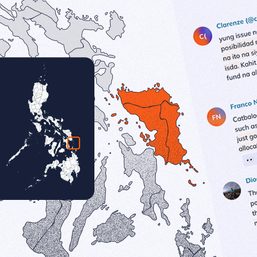

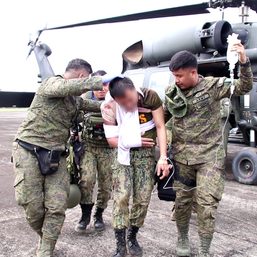

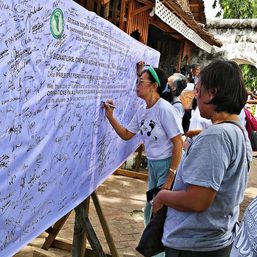
There are no comments yet. Add your comment to start the conversation.